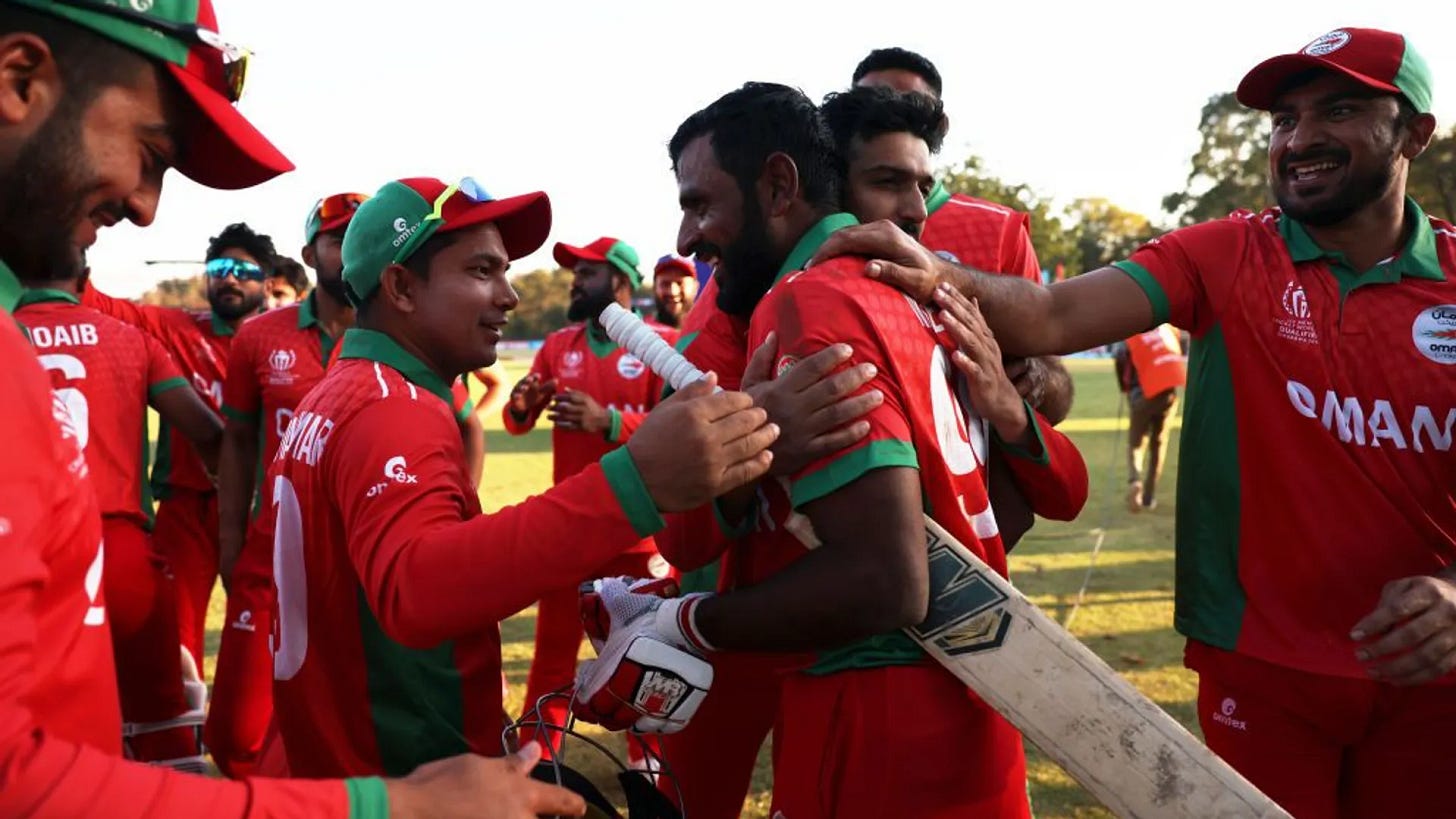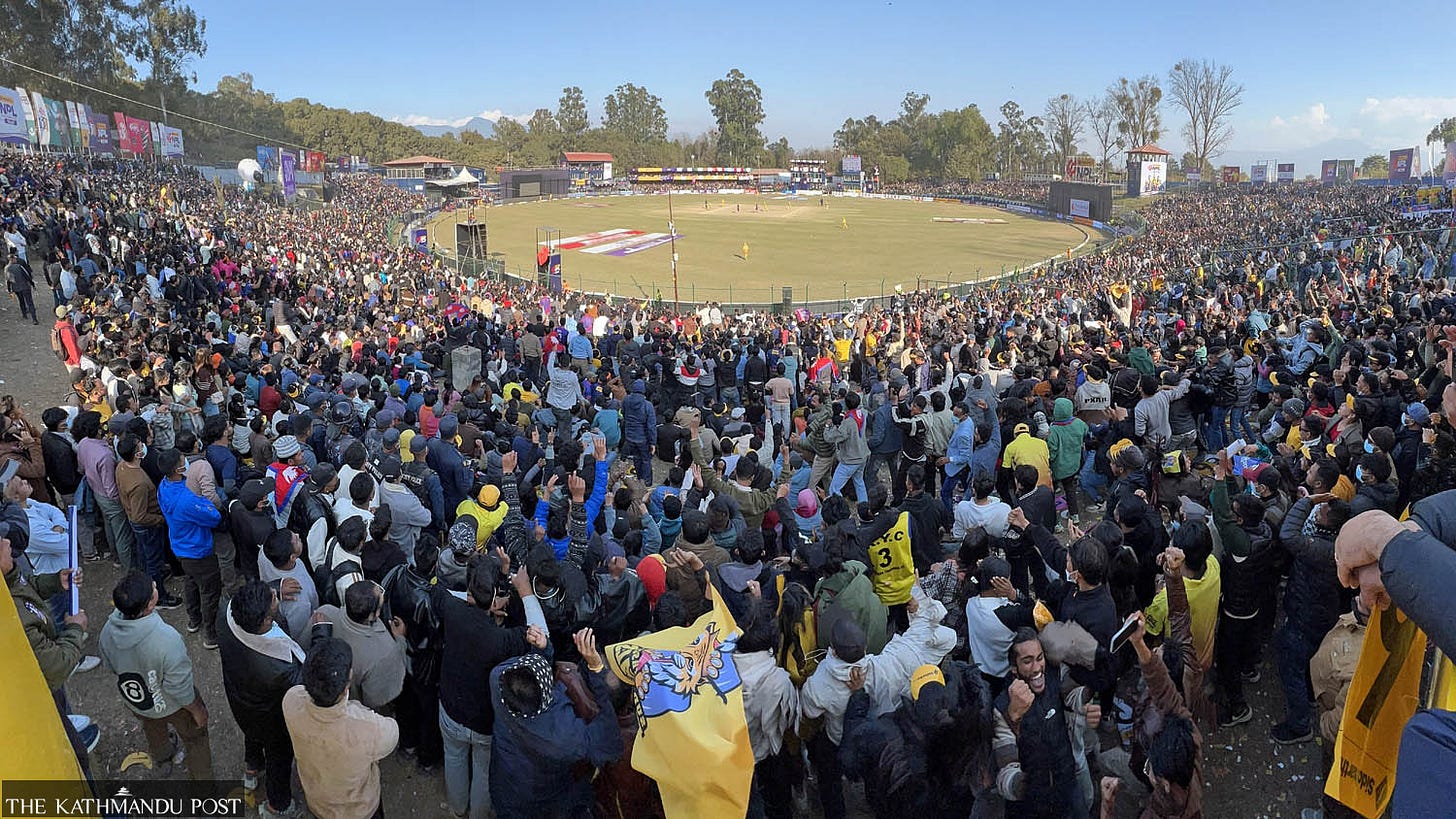A Five-Point Roadmap For Expanding Cricket in Asia Beyond South Asia
Cricket in Asia doesn’t have to stay within the South Asian bubble.
The gentleman’s game, cricket, is arguably the most popular sport in South Asia, where more than 2 billion people reside. The stadiums sell out for international and franchise T20 matches in this region, and this is probably the only region in the world where cricket has overtaken football in popularity. Despite having such a strong hold on cricket,the Asian Cricket Council is still struggling to popularize cricket beyond this region. Even though the game is popular in a few Gulf countries, the players are mostly expats from South Asia. Active international and domestic cricket happens in hardly ten out of the 27 member nations.
With the emergence of the T20 format, cricket has penetrated many more countries as the matches get over in three hours compared to the seven-hour-long ODIs. However, central asian and east asian countries are still far behind in skills and infrastructure. In this article, we will be discussing a five-point roadmap to popularize cricket outside South Asia.
1. Regular Asia Cup/Asian Games in T20 Format
Right now, the Asia Cup alternates between ODIs and T20s. The problem is simple; there’s a huge gulf in quality between the traditional powerhouses (India, Pakistan, Sri Lanka, Bangladesh, Afghanistan) and the rest. In ODIs, smaller teams barely stand a chance. If we make it a permanent T20 tournament, at least there’s competitiveness. Add to that — expand it to 8 teams so that at least 3 outside the big five (Nepal, UAE, Oman, Hong Kong, etc.) get their shot against Asia’s strongest. Also, the ACC needs to make it mandatory for the nations to participate in the Asian Games.
2. One Slot in Franchise Leagues for Associate Asian Players
Every franchise league in Asia, IPL, PSL, BPL, LPL, allows four overseas players. Most of the leagues allow 7-8 foreigners in their squad. Why not create an additional slot reserved only for non-Test Asian nations in the squad? A Nepalese, Emirati, or Omani player getting a season inside an IPL dressing room is worth years of associate-level cricket. Look at the Afghanistan players. Despite having no international cricket at their home, they excel because of the exposure they gained from playing in IPL and other T20 leagues. Even if they don’t always play, training with quality sides will fast-track their development. Fans from those countries will also connect instantly with the leagues.
3. Take the Asia Cup to Non-Traditional Hosts
Why must the Asia Cup always rotate among India, SL, BD, and UAE? If we want to grow the game, we need to take the men’s and women’s Asia Cups to places like Oman, Nepal, and UAE more often. These countries already have decent facilities and huge fan interest. Hosting tournaments with eyeballs means their cricket boards earn money, and that revenue can go into grassroots programs. Nepal especially has shown it can fill stadiums for even associate matches, imagine what a packed India or Pakistan fixture would look like in Kathmandu. Also, Nepal is investing a significant amount in building stadiums as well. In the future, we may see a proper home-away format Nepal Premier League.
4. Inclusion in Domestic Tournaments of Powerhouses
For growth, associate teams need regular competitive matches. India’s domestic structure is a perfect training ground, as is the case with Pakistan. The national team of Afghanistan had participated in Pakistan's domestic National T20 Cup as the Afghan Cheetahs. Similarly, before becoming a strong force, Sri Lanka had played against Indian domestic sides in the 1960s and 1970s. Teams like Nepal, UAE, Oman, and Hong Kong can be added to the Ranji Trophy Plate Group or to the Syed Mushtaq Ali Trophy. Indian domestic sides are stronger than the usual opposition these nations face. Playing here will raise their standards and provide consistent exposure that ACC qualifiers alone can’t offer. The Nepal team will find it more useful to play against Kerala than against Mongolia any day.
5. Bilateral and Trilateral Tours with A Teams
Boards may argue that sending full senior teams brings no financial gain. Fair. But even sending India A, Pakistan A, or Bangladesh A can do wonders. A bilateral or trilateral series hosted in Nepal, Oman, or UAE will pack stadiums and bring in money for those boards. For the powerhouse, it’s also useful. Their bench strength gets tested in different conditions. For the associates, matches against India or Pakistan in any form will always be a huge boost, both financially and emotionally. India A, Oman, and Nepal tournament at the Al Amerat Cricket Stadium will do a world of good for Oman.
The Asian Cricket Council, along with its test-playing members, needs to take active steps to spread the game to new shores. In football, the UEFA EURO Cup is as glamorous as the World Cup because of the competitiveness of the matches and the 24-team format. Asia has the potential for the same in cricket if the right steps are taken.



